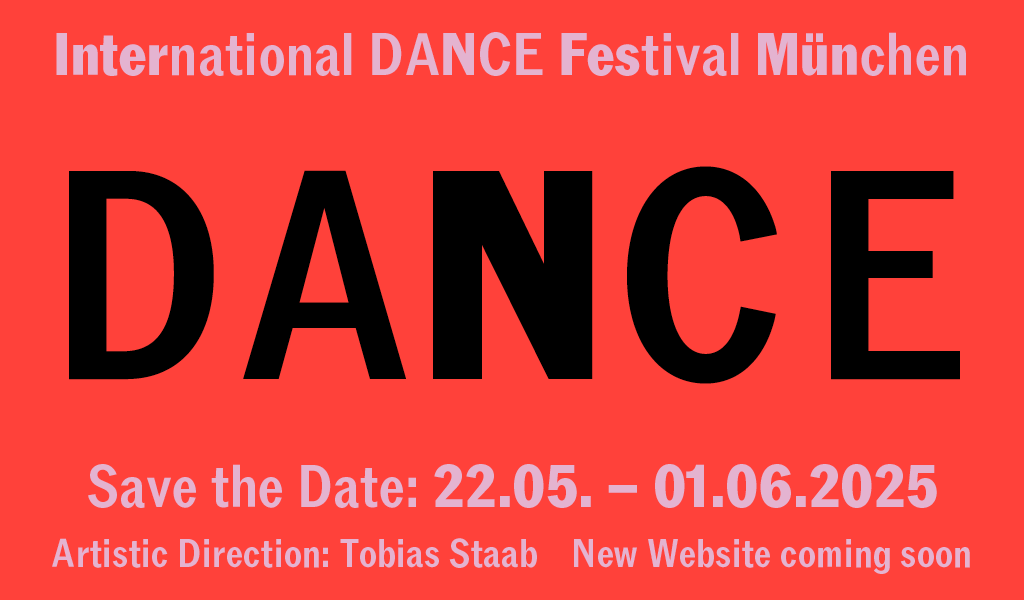Jan Martens (Digital World Premiere)
any attempt will end in crushed bodies and shattered bones
Unlike what the pessimistic-realistic title would suggest, the latest work by Jan Martens leaves a trail of hope. We may see every day in the news forms of protests that are beaten down with violence and end with broken bodies and shattered bones, but we also experience that the protests simply don't end – the people come back, occupy spaces, and continue to demand change. With seventeen dancers aged 16 to 69 years "any attempt will end in crushed bodies and shattered bones" examines variations of political rebellion. Martens uses classical physical forms of protest such as walking, marching, and lying down. He and his diverse group of performers are not interested in what a body can do, but rather what a body does.
The piece "any attempt will end in crushed bodies and shattered bones" follows a three-part structure. It begins according to the pattern of a large dance production, with much movement, dynamics, and synchronized groups, and then takes a very different direction: walking, marching, and standing still belong to the tried-and-true forms of physical protest. This part acts like a "game changer": the group of mixed generations organizes itself in the space, structures the space, and conquers it through collaboration and thus they change themselves, too. When in the third part almost the same choreography is performed as in the first part, it seems to be completely different, as it provides every individual with a validity. Among the performers are also the dancers Ty Boomershine, Gesine Moog and Tim Persent from the Dance On ensemble; he created the piece "Man Made" in 2017 with them. This Belgian artist, who has been working as a choreographer since 2010, musically contrasts in "any attempt will end in crushed bodies and shattered bones" Henryk Mikołaj Górecki's "Concerto for Harpsichord and String Orchestra" with protest songs from the 1960s, for example, from the political concept album "We insist! Freedom Now Suite" by Max Roach. For Jan Martens this creates, in his own words, a "democratic choreography." His heterogenous ensemble of dancers with different dance abilities is meant to show that mutual action is possible and how it is possible.



